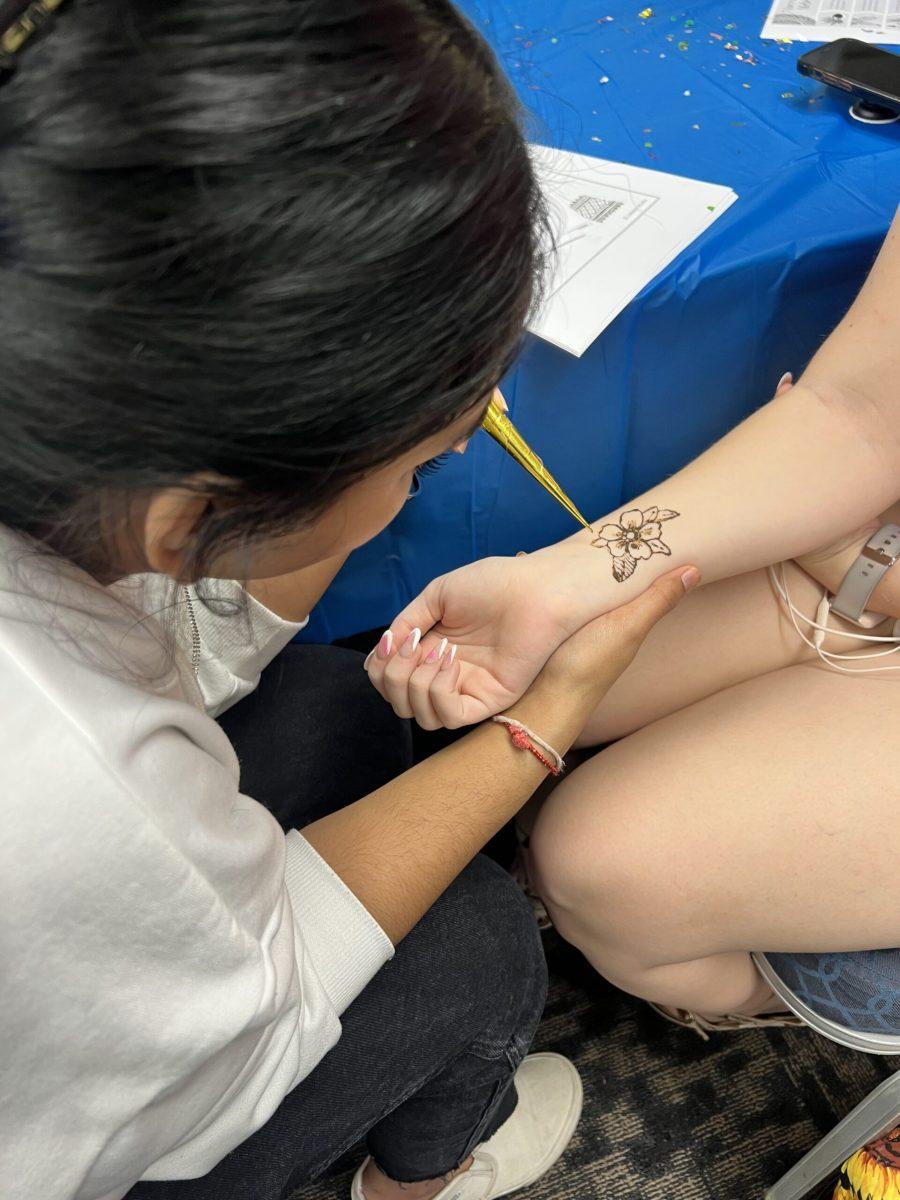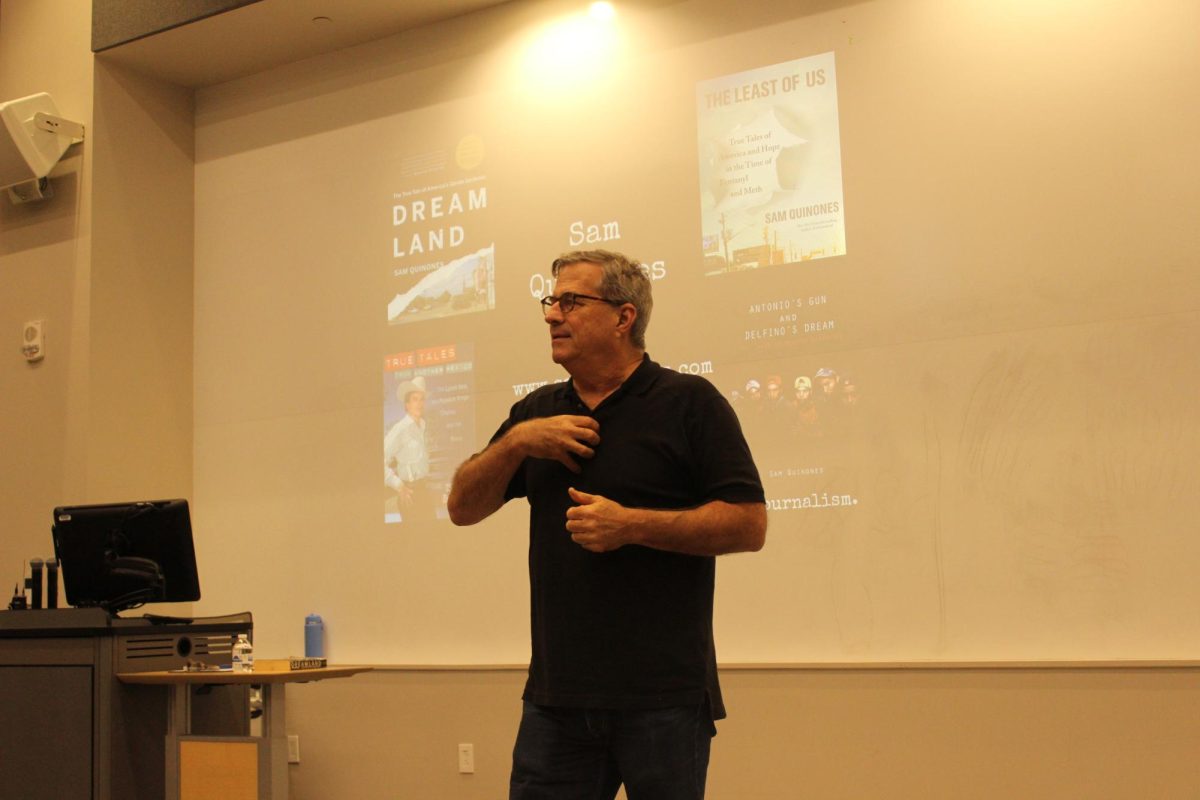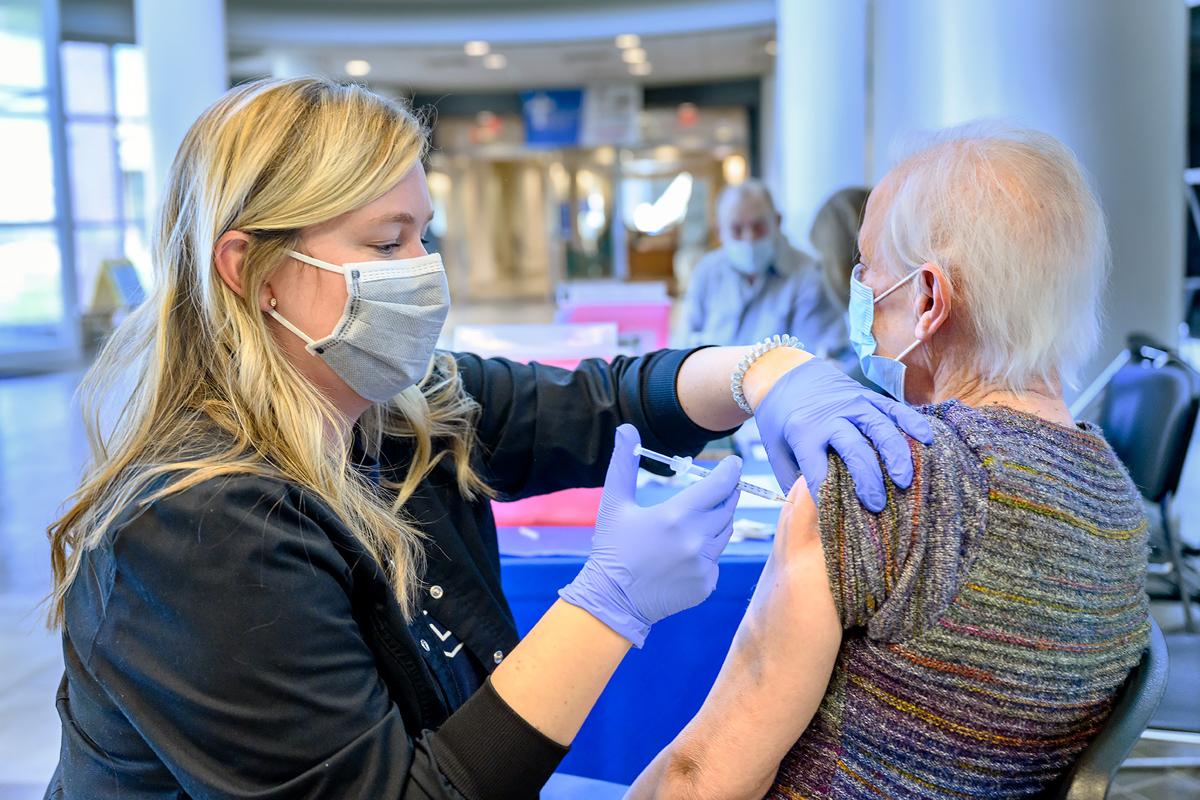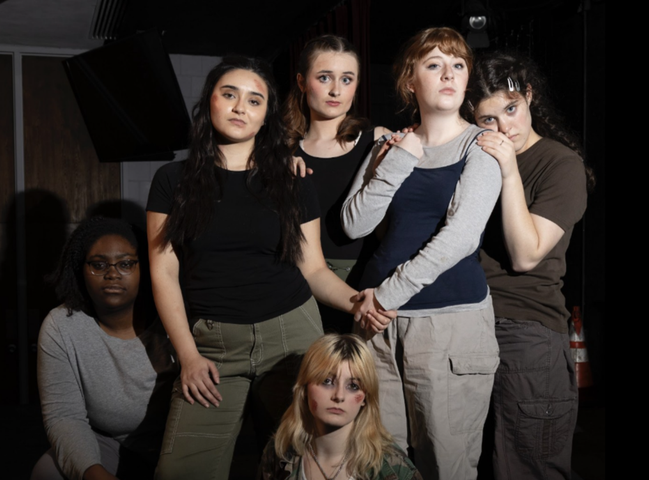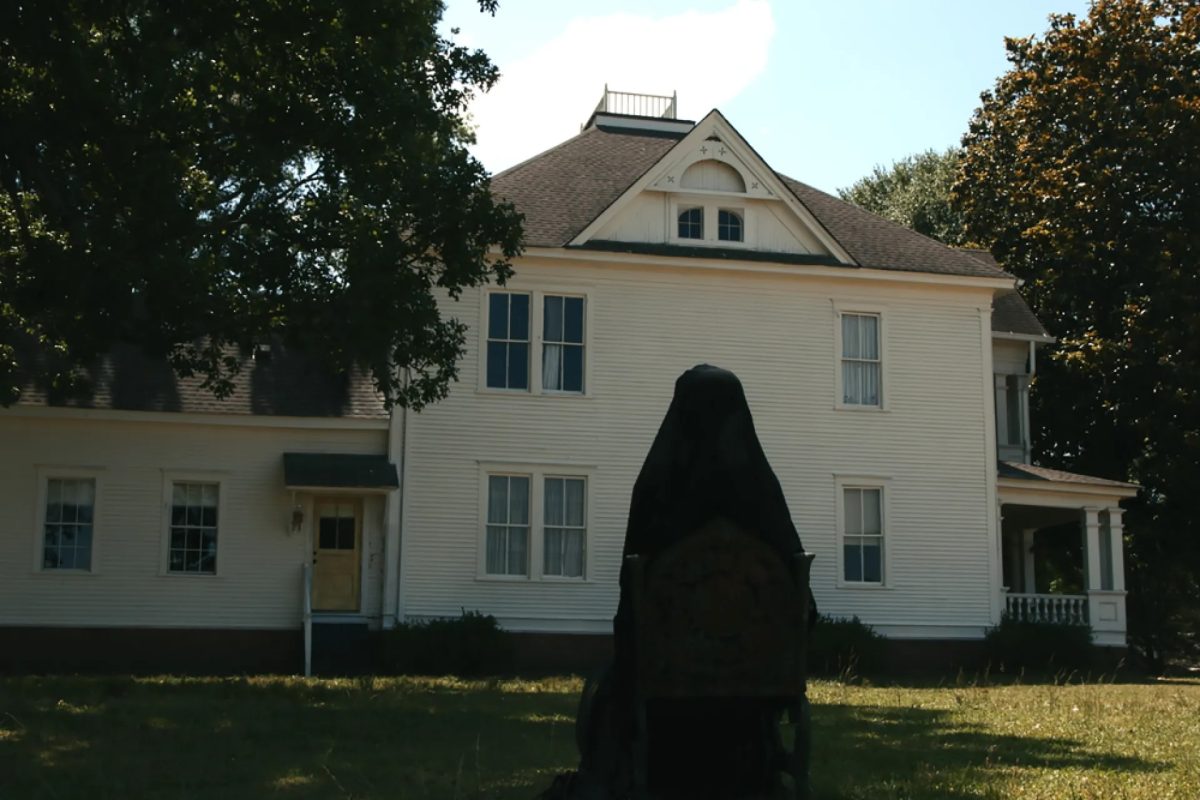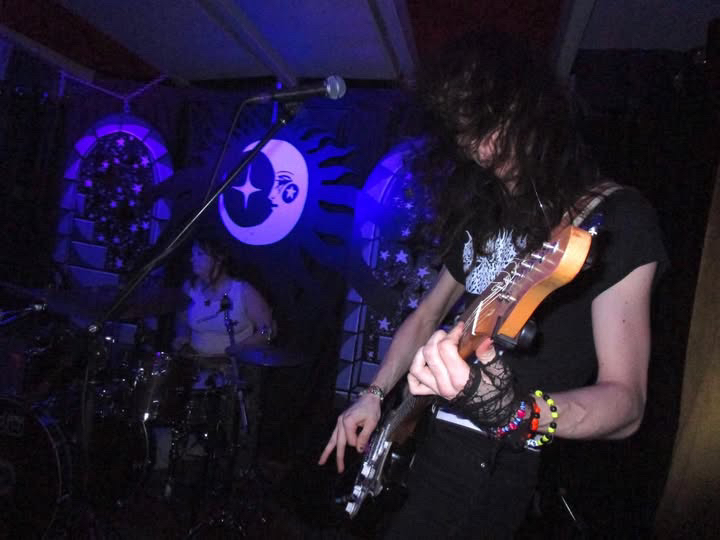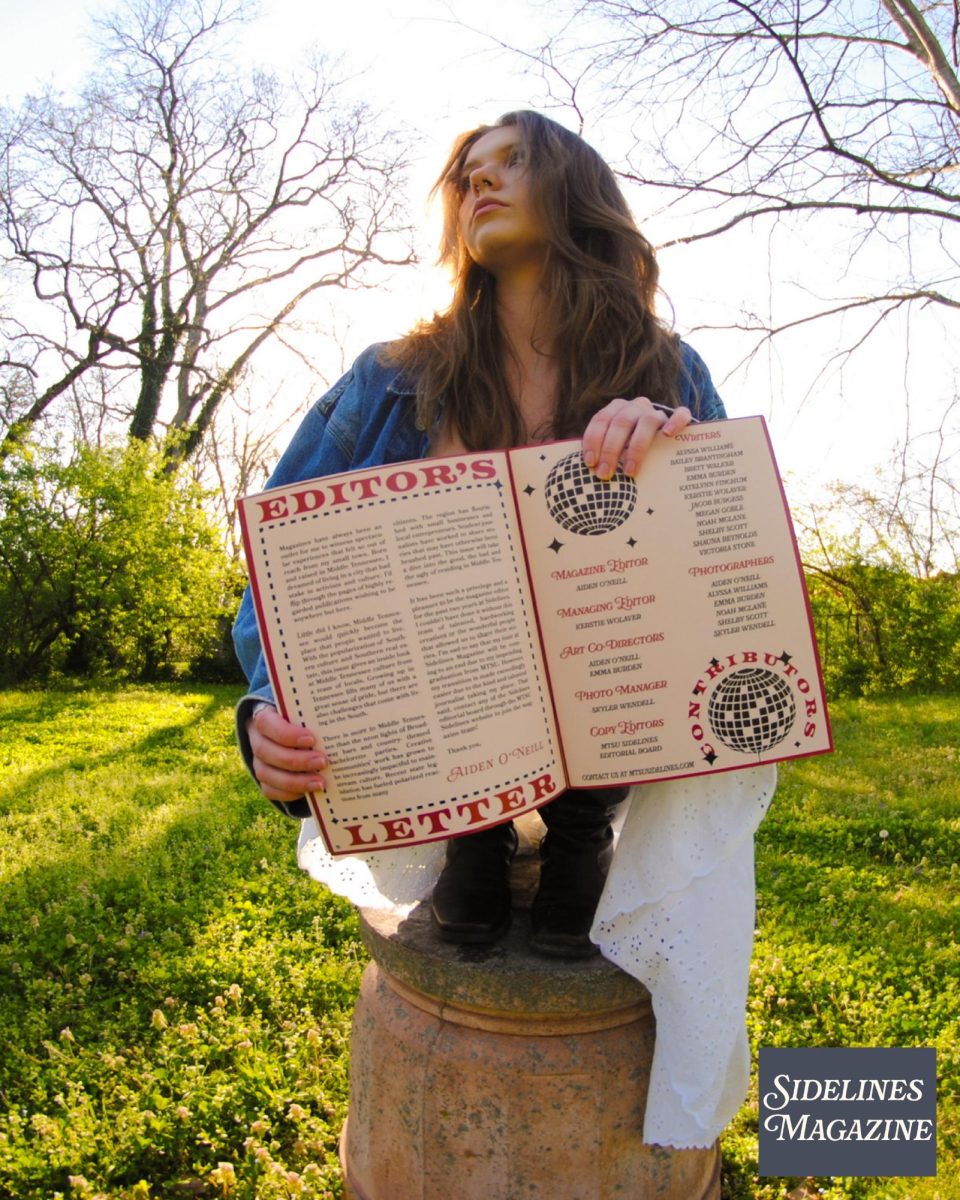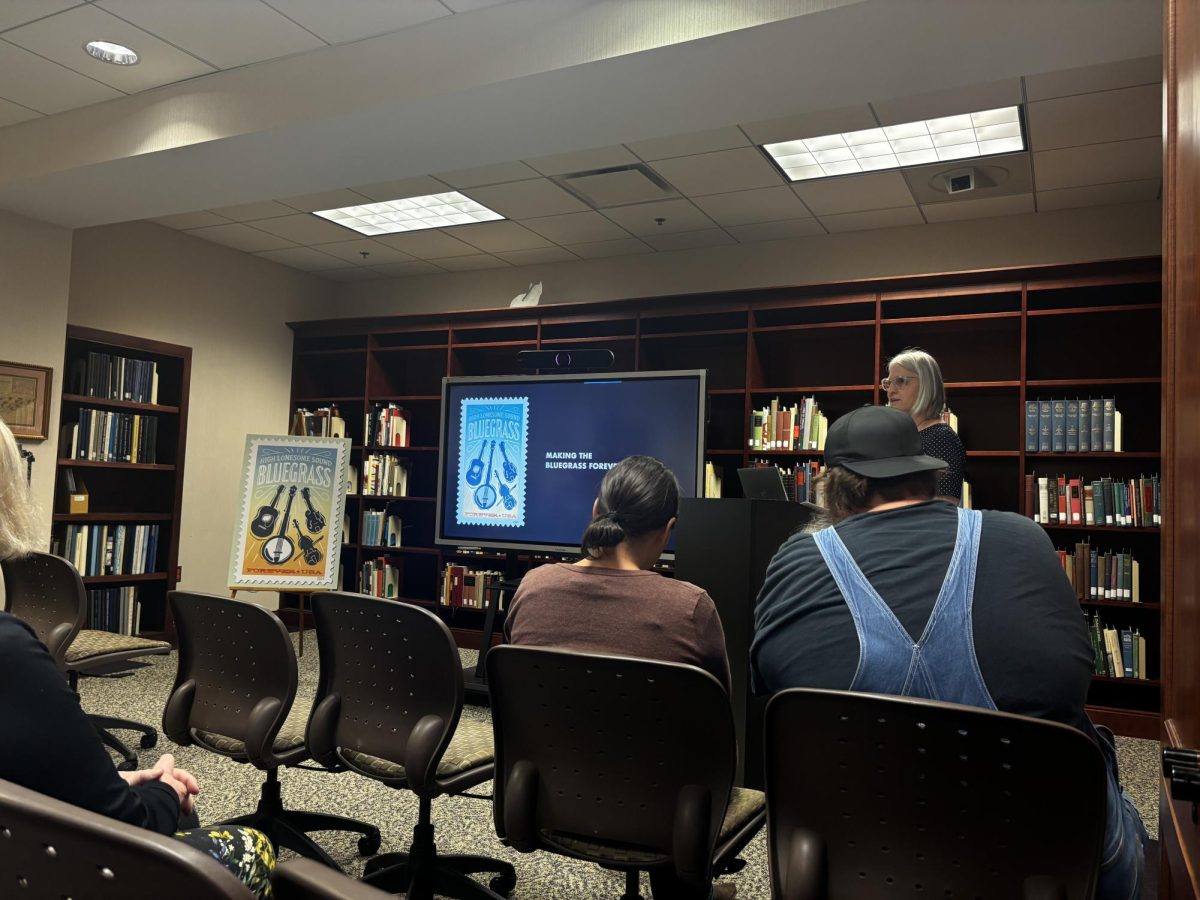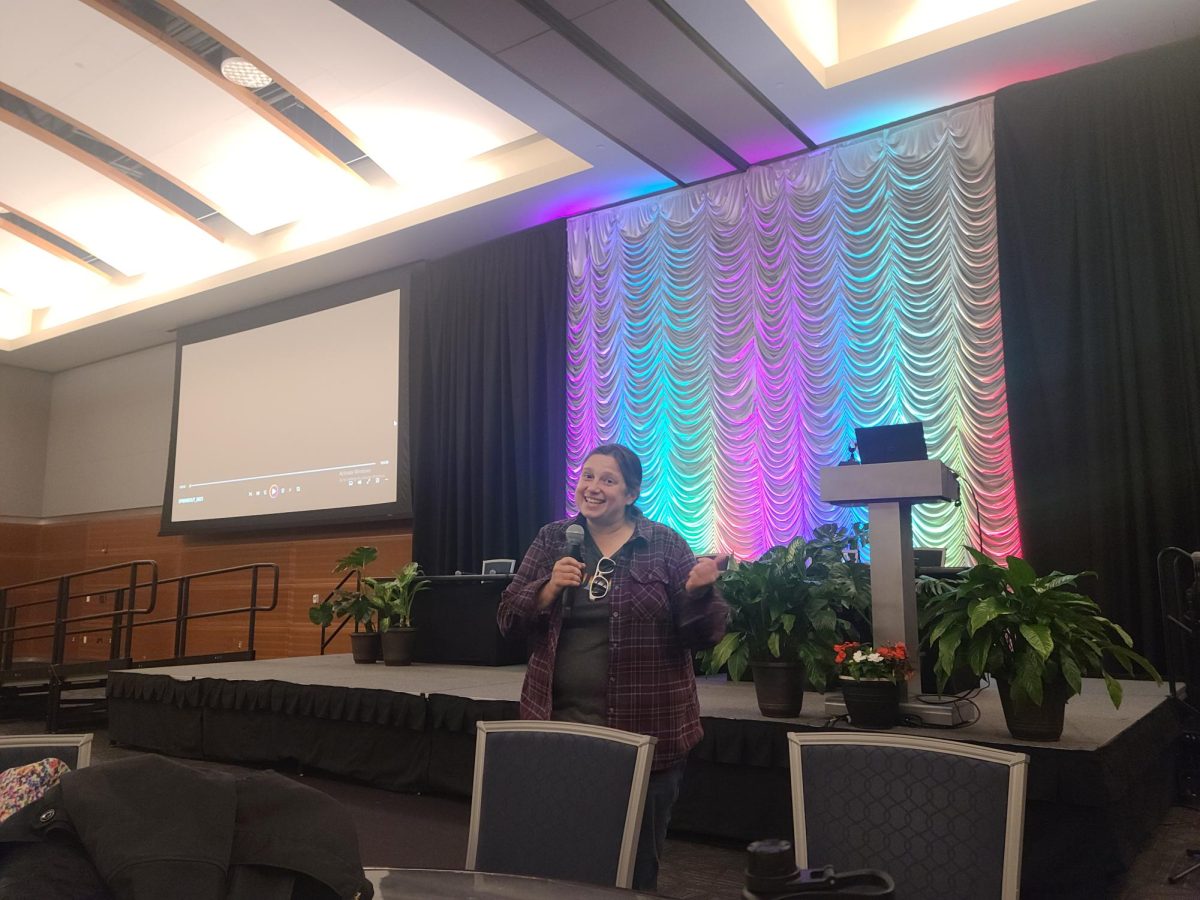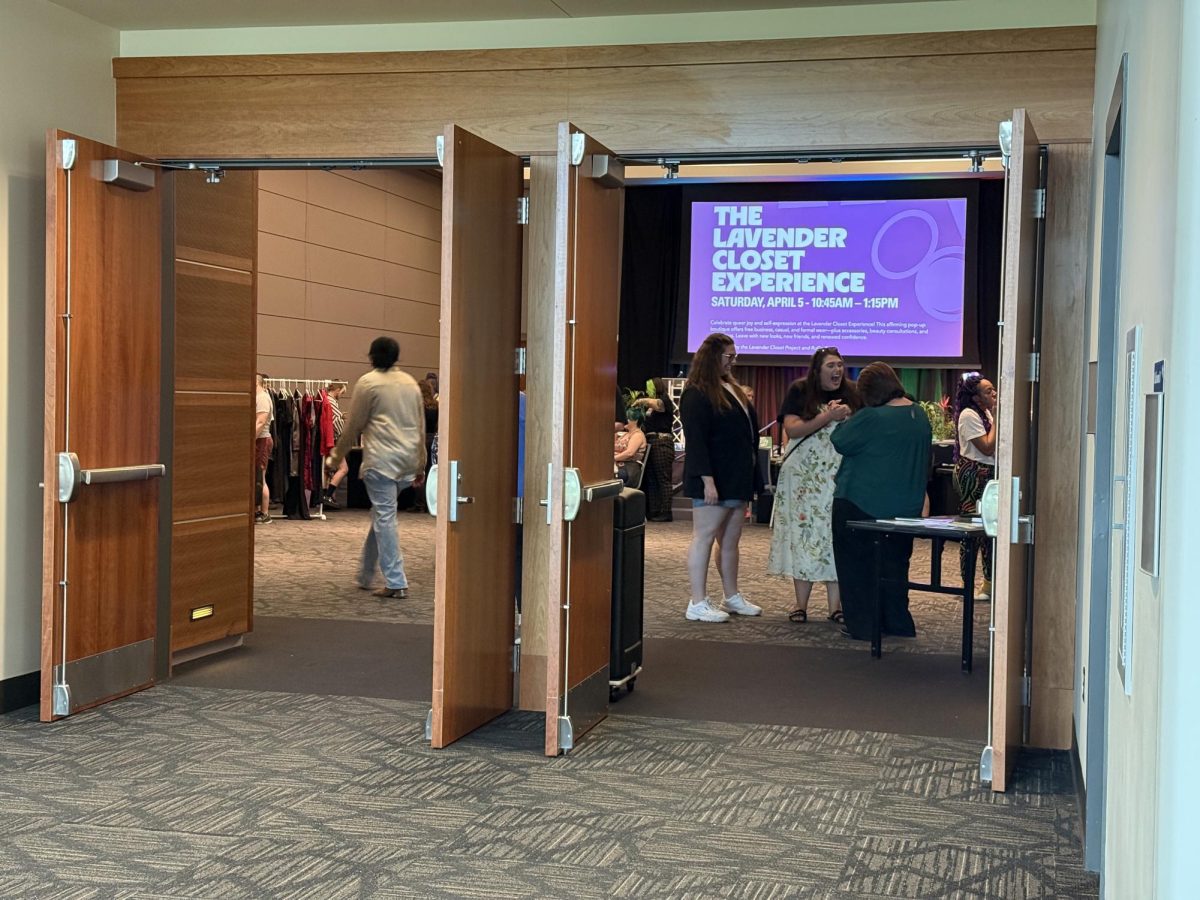
Featured Photo by Destiny Mizell
Story by Destiny Mizell
The potent, citrus-like aroma of henna floated through the air while soft Indian music danced in the background. A long table decorated with confetti, flowers and informative papers sat at the very front of the room. There, henna artists from the Middle Tennessee Indian Association sat evenly spaced with henna tools at their sides. A hand-painted, lemon colored sign at the end of this table read “MTIA Henna Fundraiser.” A handful of club leaders and members stood toward the back of the room, prepared to direct traffic and inform attendees about henna tattoos and manage the money received from the fundraiser.
Room 210 of the Student Union Building quickly filled with Middle Tennessee State University students and faculty of all ethnicities and genders. From noon to 4:30 p.m., the three artists decorated the hands and arms of students one after the other. While students waited for their temporary tattoos, they thumbed through 12-page books with several varying kinds of henna designs on each page. More traditional henna styles and florals were depicted as well as designs like zodiac symbols and dinosaurs.

Larger designs were five dollars each while smaller designs were two dollars. There was no limit on how many one person could receive.
MTIA publicist, Dhara Prajapati, said that they were fundraising to not only share Indian culture with the student body, but also to raise money to host similar events in the future.
“Middle Tennessee Indian Association is dedicated to instill culture and pride among the students here at MTSU. Our goal is to create a space where the Indian community can connect and share their culture inside and out with those who’d like to learn more,” Prajapati said.
Henna- also known as mehandi, comphire or kopher- is an art form with roots traceable to before the Ancient Egypt time period. Its derived from the henna tree found in the Middle East, South Asia and parts of Africa. The dye collected from the plant is used to temporarily stain the skin for up to a month, with colors ranging from pale orange to a rich, dark brown.
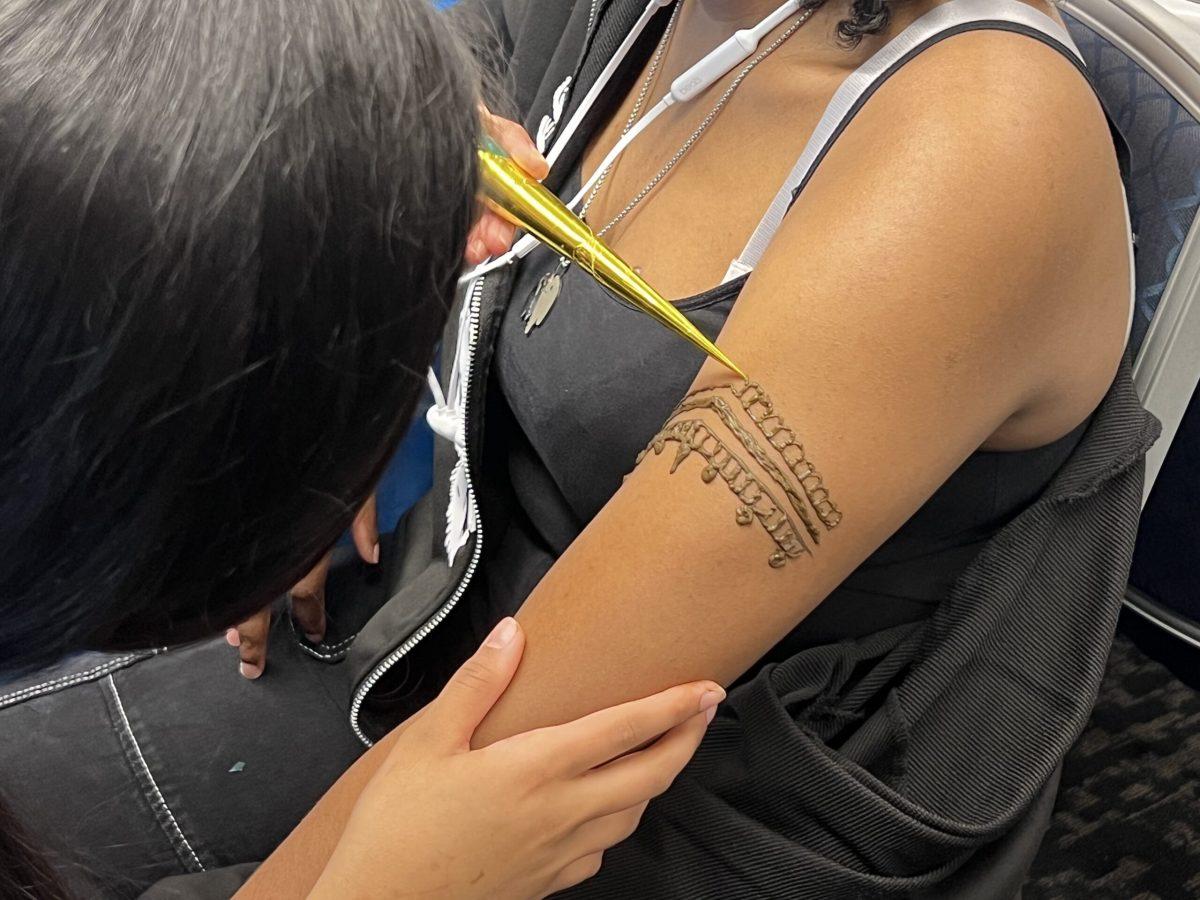
Prajapati has been practicing henna since she was a small child. “Henna is very different than painting and drawing. However, once you get the hang of the steadiness and understand how much pressure to use, it can be quite simple,” Prajapati said.
Historically, in Middle Eastern countries women have used henna body art for weddings, festivals and celebrations. Traditionally henna is placed on the hands, forearms, feet and shins. Multiple cultures have practiced and adopted henna, so it is associated with several different meanings. In most Middle Eastern cultures, it is believed to promote happiness, luck, fertility and good health/luck while warding off negative energy.
Today, the painless body art practice can be used in more of a fashion-like sense like a temporary tattoo that anyone can enjoy without any cultural or gender restrictions.
Taylor Foreman, an MTSU student who received a planetary design going down her arm, was ecstatic. “I love it so much,” Foreman said, “I’m obsessed with astrology and I’ve really been wanting an astrology-like tattoo.”
Fundraiser attendees walked away from the event with bodies decorated in art and minds full of knowledge about Middle Eastern culture and a newfound appreciation for the natural body art form that is henna.
This henna fundraiser is just one of the many events the MTIA has planned for this spring semester. MTIA posts information about future events on their Instagram page.
Destiny Mizell is the Lifestyles Editor for MTSU Sidelines. To contact Lifestyles Editor Destiny Mizell, email lifestyles@mtsusidelines.com. For more news, visit www.mtsusidelines.com, or follow us on Facebook at MTSU Sidelines or on Twitter at @Sidelines_News.


